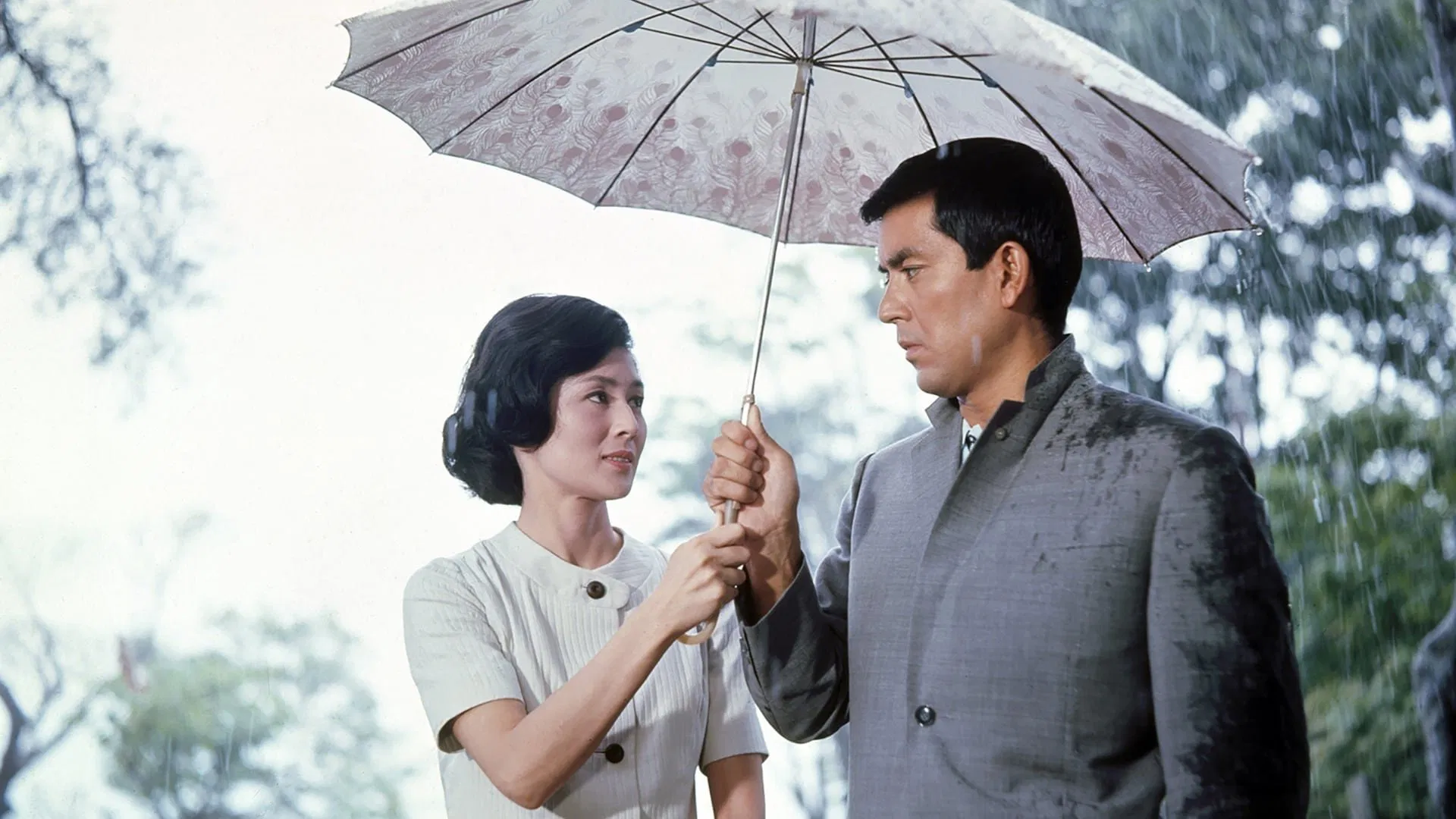
Where to start with Mikio Naruse ? 10 Essential Films to Discover His Genius
Mikio Naruse has long remained one of the quieter giants of Japanese cinema—less mythologized than Kurosawa, less fetishized than Ozu, but equally deserving of reverence. That seems to be finally changing.
In 2025, cinephiles are being given a rare opportunity to rediscover Naruse on the big screen. Il Cinema Ritrovato is presenting a selection of his pre-war films as part of its rich archival lineup, Sorrow and passion: pre-war Mikio Naruse. The Japan Society in New York has just announced a comprehensive retrospective spanning his silent beginnings to his late masterpieces, Mikio Naruse: The World Betrays Us. Most notably, Floating Clouds (1955), widely regarded as his magnum opus, has just premiered in a stunning new 4K restoration at Cannes Classics.
This convergence of events is more than just programming luck—it feels like a reckoning. For too long, Naruse has remained a footnote in the global canon. If you’ve ever wondered where to start, there has never been a better time.
Five Essential Films to Begin With
Naruse’s filmography is vast—nearly 90 films, many lost, most under-seen. But the following five offer a perfect introduction to his world: intimate, restrained, and devastating.
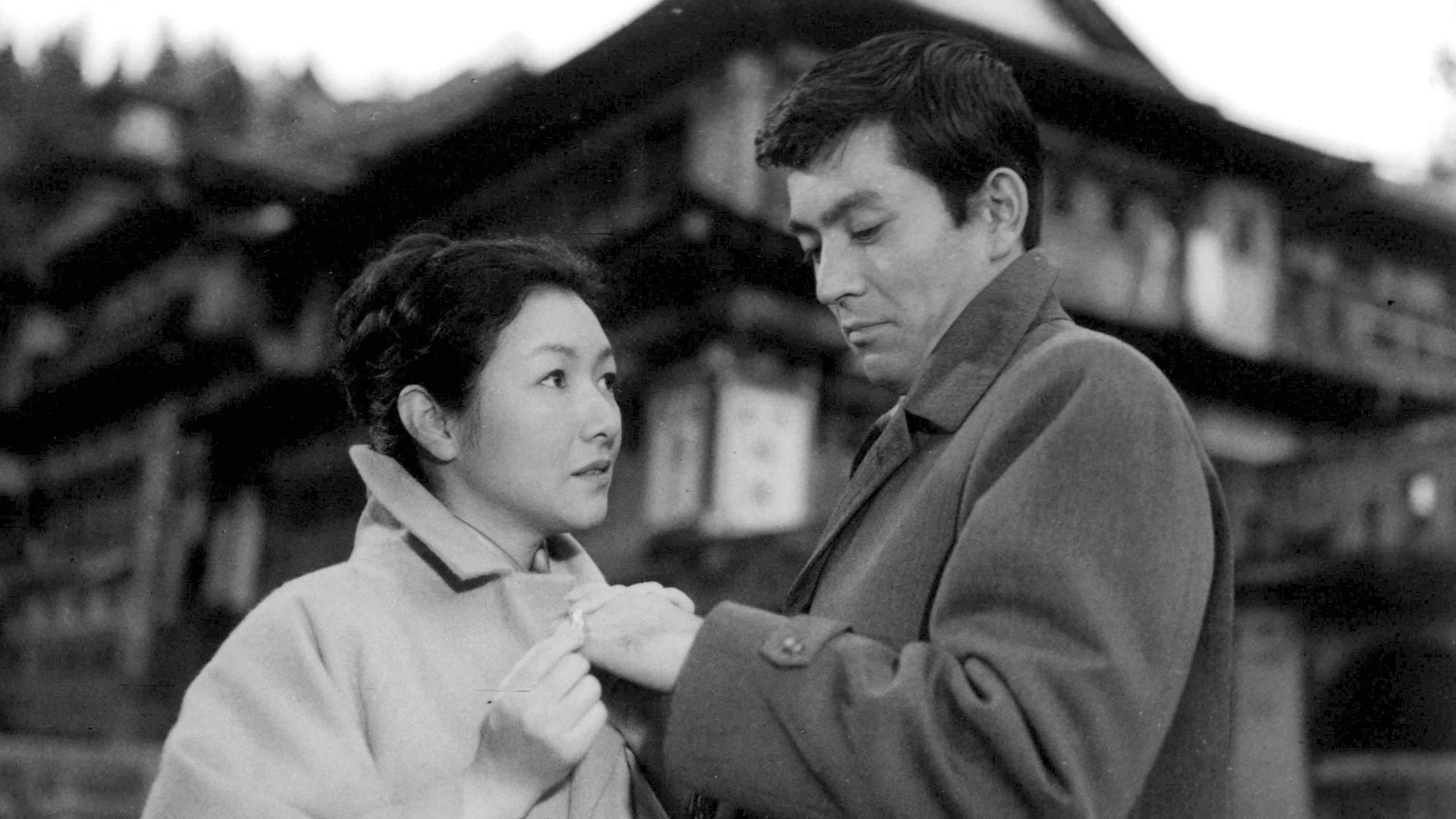
Yearning (1964)
Desire, repressed and burning. Another Takamine showcase, this late-period gem follows a widowed shopkeeper and her unresolved feelings for her younger brother-in-law. Quietly intense, it’s a study in thwarted passion and postwar malaise. The final train sequence is one of the most haunting in Japanese cinema. Chef d’oeuvre.
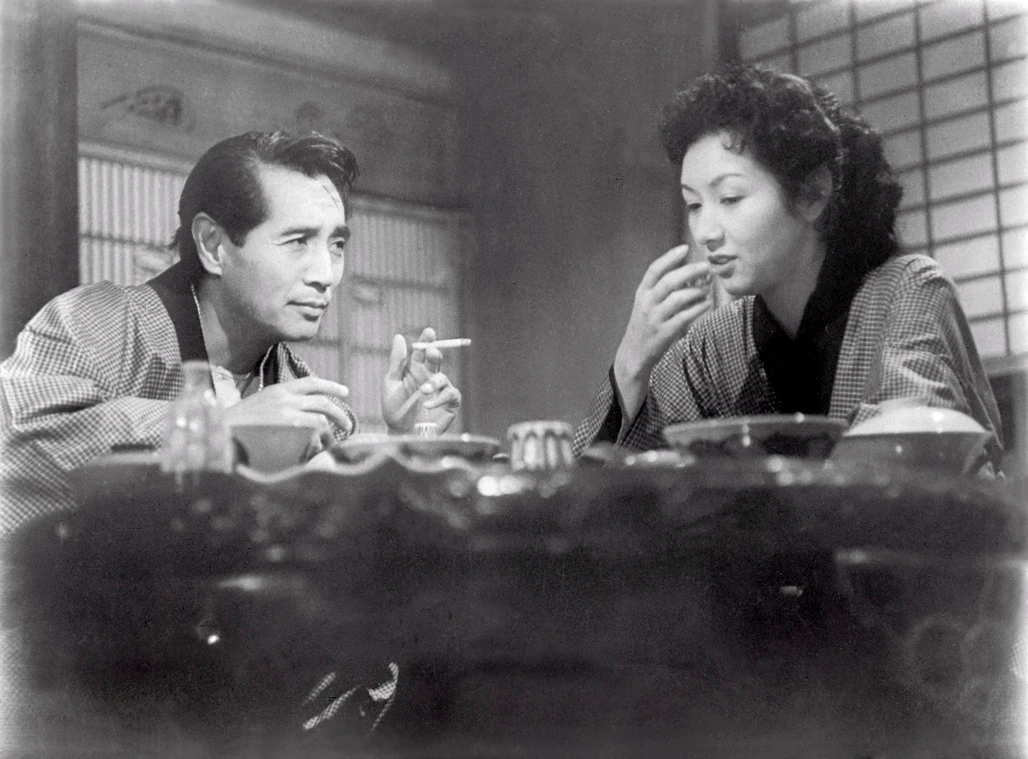
Floating Clouds (1955)
The Naruse film. A wartime romance that refuses melodrama, Floating Clouds traces a doomed affair with almost unbearable emotional precision. Hideko Takamine and Masayuki Mori deliver career-best performances, and Naruse’s elliptic storytelling captures the ache of unfulfilled love like no other film. The new 4K restoration breathes new life into its humid, postwar imagery.

Repast (1951)
Marriage as slow erosion. Co-written with screenwriter Sumie Tanaka and adapted from a Fumiko Hayashi novel, Repast captures the quiet desolation of a domestic life gone stale. This was the first of several Naruse films adapted from Hayashi’s work, and the pairing proved creatively vital.
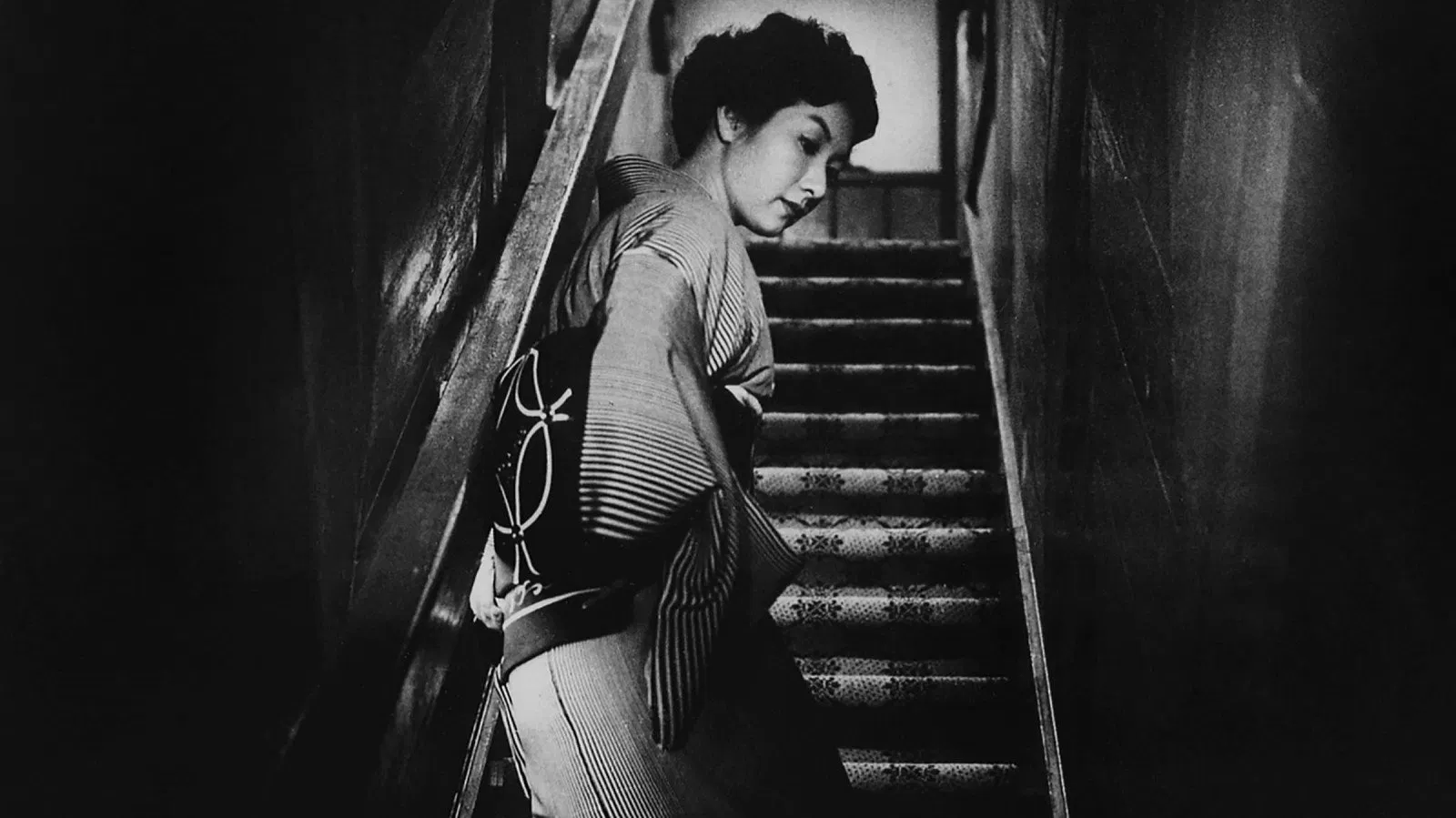
When a Woman Ascends the Stairs (1960)
The working woman as tragic heroine. Set in the Ginza bar world, this film follows a hostess navigating financial and emotional pressures. Part character study, part social commentary, it is Naruse’s most overtly feminist work—and one of his most accessible.
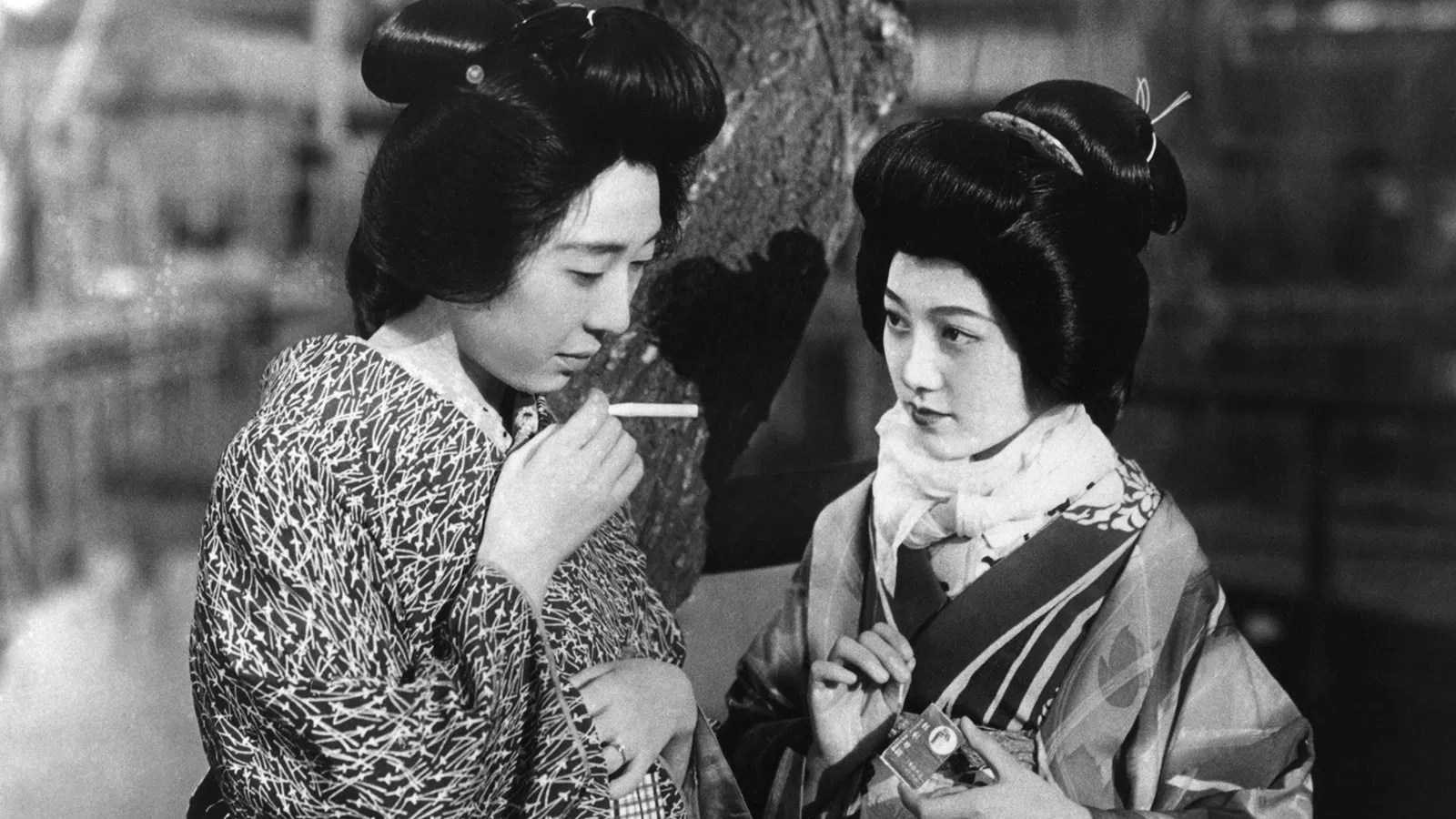
Apart from You (1933)
Silent cinema with startling modernity. One of Naruse’s surviving silent films, Apart from You is an astonishing early statement on generational strife and women’s autonomy. It’s also a marvel of formal experimentation—dynamic camera movement, fast editing, and striking compositions belie the stereotype of Naruse as merely “subtle.”
Going Further: Five More to Seek Out
Once you’ve familiarized yourself with Naruse’s best-known works, these five films offer a more nuanced picture of his brilliance—touching on his early modernism, late formal austerity, and persistent concern with women navigating societal expectations.
Wife! Be Like a Rose! (1935)
Naruse’s breakout film—and one of the first Japanese films to receive a theatrical release in the U.S.
Remarkably ahead of its time, this early sound film is a wry and surprising family drama that flips expectations about duty and morality. A daughter travels to Tokyo to retrieve her estranged father, only to discover that his “scandalous” new life might be more honest and loving than the one he left behind. With dynamic camerawork and a proto-feminist spirit, it showcases Naruse’s early embrace of modernity and empathy for women’s changing roles.
Lightning (1952)
An unflinching portrait of postwar womanhood anchored by a fierce Takamine.
Based on another novel by Fumiko Hayashi, this story of a young woman caught between selfish relatives and societal pressures is both caustic and compassionate. Naruse shows no illusions about family obligations or class, and Takamine’s portrayal of a woman trying to carve out her own space in a collapsing household feels strikingly contemporary. One of his sharpest social commentaries.
Late Chrysanthemums (1954)
A delicate mosaic of aging geishas confronting loneliness, memory, and money.
Here, Naruse’s ensemble storytelling reaches a quiet peak. Adapted from short stories by Hayashi, the film follows four former geishas, now living on the margins of postwar Tokyo. Their pasts haunt them, but the tone is never sentimental. Naruse’s sensitivity to aging, economic struggle, and compromised dreams is delivered through elliptical storytelling and subtle shifts in emotional rhythm. A late masterpiece of tone and restraint.
The Stranger Within a Woman (1966)
Naruse’s rare venture into psychological thriller, echoing Crime and Punishment through the lens of bourgeois repression.
Adapted from a novel by Belgian author Georges Simenon, this chilling final film tells the story of a man who confesses to an accidental killing—and the moral collapse that follows. It’s stark, stripped-down, and chilling in its examination of guilt, marital facade, and emotional paralysis. A fascinating outlier in Naruse’s body of work, but one that still reflects his preoccupations with silence, resignation, and the inability to change course.
Scattered Clouds (1967)
A ghostly final film—Naruse’s swan song and one of his most visually stunning.
Naruse’s last completed feature is also one of his most visually lush, with misty landscapes and rainy roads evoking emotional limbo. A woman falls in love with the man responsible for her husband’s death in a car accident—a plot that sounds melodramatic but unfolds with characteristic Narusean gravity and restraint. The film is filled with longing and unspoken emotion, as if the director were meditating on loss and the impossibility of reconciliation. A haunting farewell.